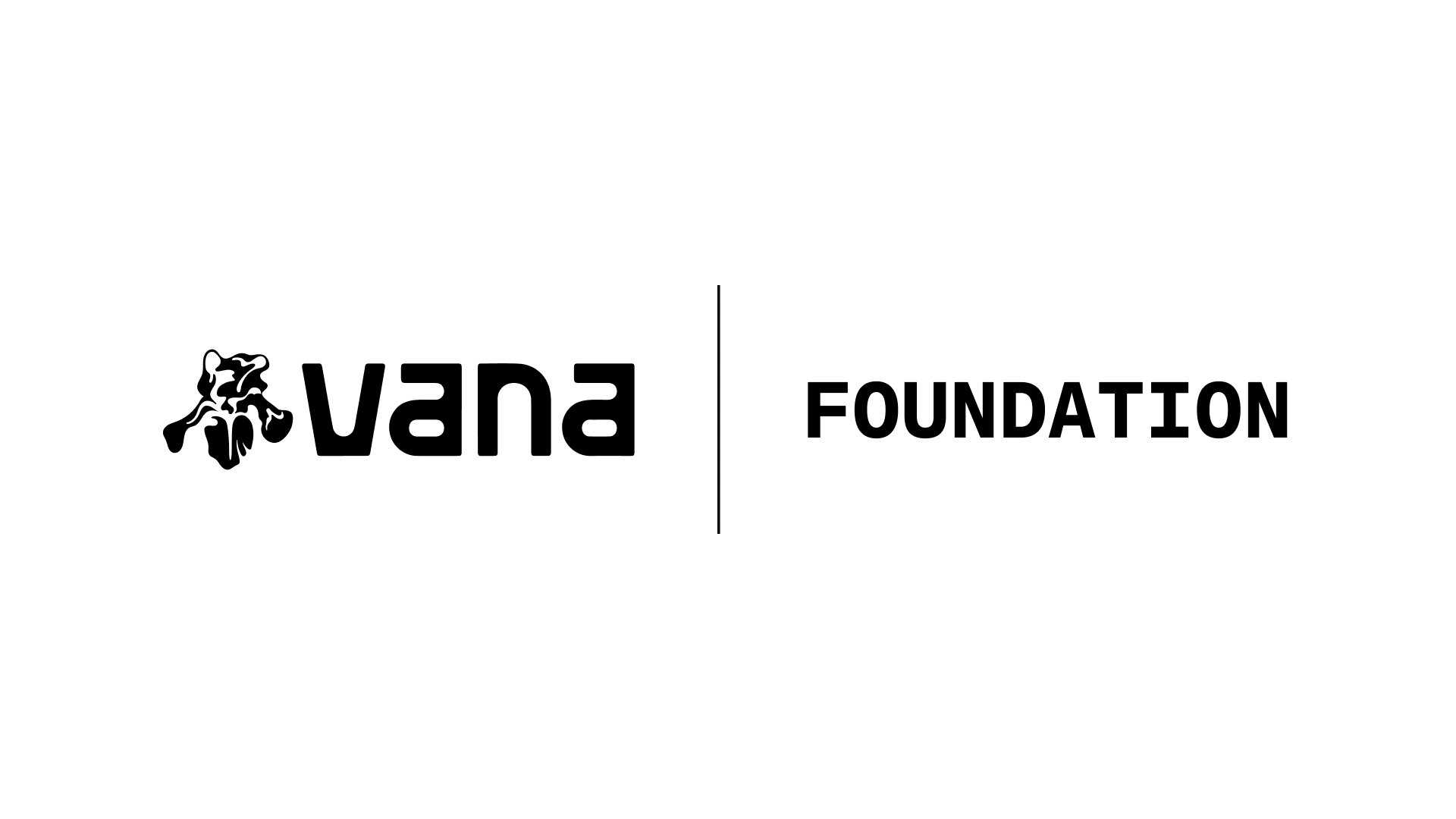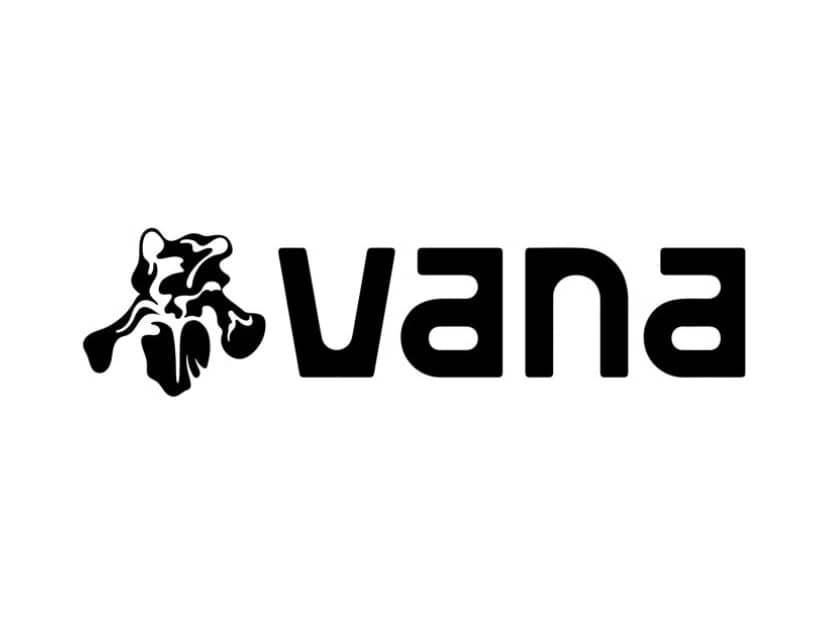Subscribe to wiki
Share wiki
Bookmark
Vana
Vana
Vana is a decentralized artificial intelligence (AI) platform that enables individuals to manage and derive value from their personal data. It integrates blockchain technology, cryptographic methods, and federated learning systems to promote data sovereignty, allowing users to participate in AI development while maintaining privacy. [1] [3] [7]
Overview
Vana is an open protocol for AI data sovereignty that lets individuals export their information from platforms, store it securely, and contribute it to collective pools called DataDAOs, which negotiate directly with AI developers to ensure compensation while preserving ownership and privacy. Its system relies on Data Liquidity Pools (DLPs) that validate contributions, convert them into tradable tokens, and enforce access through cryptographic proofs and secure environments. The VANA token underpins the network by supporting security, transactions, staking, and data purchases, with tokens burned during use to return value to contributors. Through its mainnet, Vana creates a decentralized alternative to platform-controlled data monopolies, enabling users to collectively determine the value of their data while providing developers with access to high-quality, user-owned datasets. [3] [9]
Vana Foundation

The Vana Foundation is a nonprofit organization dedicated to supporting and growing the Vana ecosystem, with a focus on advancing data sovereignty, privacy, and user-owned AI. It oversees the development and stewardship of the VANA token, guides the launch and governance of DataDAOs and Data Liquidity Pools, and fosters a global, decentralized data economy where individuals maintain control over their personal information and the value it generates. By promoting education, infrastructure, and community participation, the Foundation aims to create a sustainable and inclusive ecosystem that empowers users, developers, and researchers to collaborate while ensuring fair compensation, security, and privacy. [10]
Features
DataDAOs
DataDAOs are community-governed data pools that allow individuals to collectively manage and monetize their information while maintaining ownership through cryptographic guarantees. Since individual user data is not valuable on its own, DataDAOs enable users to export their data, pool it together, and make it useful for applications such as AI training. They address two central challenges: preventing manipulation through proof-of-contribution mechanisms, and valuing data accurately with dataset-specific validation logic that authenticates contributions and assigns standardized scores.
At the core of each DataDAO is a Data Liquidity Pool (DLP), a set of smart contracts that handle data validation, refinement, and access permissions. Contributors earn dataset-specific tokens, compatible with ERC-20 standards, in exchange for validated data. These tokens are used for governance decisions and are burned when AI developers purchase access, creating a closed economic loop that ties value directly to contributions. Access to pooled data is strictly controlled, with secure computing environments ensuring only approved operations can be performed.
The system is built on principles of programmable validation, cryptographic attribution, granular access control, and democratic governance. By coordinating private datasets that are not otherwise available, DataDAOs create sustainable markets for both contributors and builders. This structure transforms personal data into a shared asset class, where ownership, decision-making, and value distribution remain with the individuals who provide the data. [9] [15]
Playground
Vana Playground is the interface for exploring community-owned datasets within the Vana ecosystem, designed to make data capital visible and accessible. Unlike surface-level datasets scraped from public sources, Playground showcases deep, human-generated data—such as Telegram conversations, Spotify listening histories, and ChatGPT interaction logs—that individuals have chosen to aggregate and share through DataDAOs. Each dataset includes structured schemas and synthetic samples, allowing developers and buyers to preview quality, test models, and connect directly with the data collectives behind them.
The platform introduces a new category of data that is neither public nor private but collectively owned, shifting value from centralized platforms to the individuals who generate it. Through governance by Data Collectives, Playground enables transparent discovery, structured previews, and, in the future, direct dataset queries and transactions. This model creates a decentralized alternative to the traditional data broker system, positioning human data as a new asset class and giving contributors control and value from the information they produce. [16]
Vana Academy
Vana Academy is a nine-week program designed to support entrepreneurs, developers, and communities in building DataDAOs—decentralized organizations that collect, govern, and monetize user-owned data. The initiative addresses the limitations of current data models, where platforms and corporations control the majority of the value, by equipping participants with the tools to create data-native businesses.
The program combines technical guidance with practical development, covering areas such as sourcing high-value datasets, designing incentive mechanisms, structuring tokenomics, and launching governance systems. Participants progress through workshops, milestone-based rewards, and pitch opportunities, culminating in a final showcase to investors and ecosystem leaders. By the end, teams are expected to have a functional DataDAO and a market-ready framework for operating in the new data economy. [17] [18]
Vana App
The Vana App is a mobile platform for iOS and Android that empowers individuals to control their personal data and digital identity by aggregating information across platforms and generating a unique VIBE, a data-driven profile reflecting their behaviors and preferences. Through the app, users can contribute to DataDAOs, explore interactive Vana Vibe apps that visualize and interpret their data, and participate in a community-driven ecosystem where data becomes a programmable asset. Alongside the app, Vana introduces VanaXP, a reputation and rewards system that tracks participation through activities such as connecting verified data, joining DataDAOs, and engaging with partner communities. XP serves as proof of contribution and trust, unlocking access to exclusive features, governance rights, enhanced rewards, and future opportunities, such as staking and launchpad access. Together, the Vana App and VanaXP establish a framework that enables individuals to retain ownership of their data, earn recognition for their contributions, and shape how their information is utilized in AI development. [19]
Technology
Data Validator Staking
Data Validator Staking is Vana’s mechanism for securing the long-term health of its data ecosystem by incentivizing uptime, security, and liquidity. Replacing DLP staking, it leverages Trusted Execution Environments (TEEs) to ensure that Data Liquidity Pools retain control over their datasets while allowing AI training and analytics to run securely without exposing raw data. Data Validators maintain continuous network availability, enforce on-chain permissions, and verify the integrity, ownership, and uniqueness of contributed data, reinforcing the reliability and quality of the market.
Stakers can migrate existing DLP stakes to the new Data Validator Staking program or stake directly with validators, earning fixed 6% APY rewards that compound automatically. Unlike previous emissions-based incentives, staking now aligns with the network’s health, ensuring sustainable participation and liquidity. By guaranteeing secure, permissioned access and supporting constant uptime, Data Validator Staking establishes the foundation for Vana’s market phase, enabling reliable data monetization, token utility, and long-term growth of the community-owned data economy. [11]
VRC-20
The VRC-20 standard defines a framework for tokenizing datasets, extending ERC-20 functionality with tools for data finance (DataFi). These tokens are tied to Data Liquidity Pools (DLPs), creating an on-chain link between a dataset and its economic representation. VRC-20 tokens serve three primary purposes: rewarding verified data contributors, managing dataset access permissions, and facilitating governance, where token holders vote on policies. DAT (Data Access Tokens) is a minimal implementation of this standard, whereas ERC-20 tokens, by themselves, carry no dataset-specific rules.
Each VRC-20 token is fully ERC-20 compatible for DeFi use and also provides dataset-specific context, such as contributor counts, access fees, and performance metrics, via the Vana Subgraph. Proof-of-Contribution mechanisms ensure the integrity of submitted data, with verification scripts recorded on-chain for transparency. Currently, data access fees are paid in VANA, with most fees flowing to the DLP treasury, though future updates will integrate VRC-20 tokens directly into payment flows. This design allows VRC-20 tokens to function as standard ERC-20 assets in financial systems while also serving as programmable instruments for valuing, governing, and transacting on community-owned datasets. [12]
Proof of Contribution (PoC)
Proof of Contribution (PoC) is Vana’s mechanism for verifying data integrity in DataDAOs through on-chain, verifiable assertions. A Data Validator runs a DAO’s registered PoC function to evaluate contributed data, ensuring that each entry measurably strengthens the dataset. The process converts non-fungible data points into fungible scores, which then determine the proportional distribution of VRC-20 tokens to contributors.
PoC frameworks vary across DataDAOs but are built on core dimensions of integrity. Authenticity checks whether data matches its claimed source, ownership confirms the contributor’s right to submit it, uniqueness ensures novelty, and quality evaluates usefulness for the dataset’s purpose. Different datasets emphasize different dimensions: for example, survey-based datasets may focus on uniqueness and quality rather than authenticity. A well-structured PoC function is critical to maintaining dataset reliability, preventing spam, and aligning token rewards with genuine contributions. [13]
Data Access Layer
The Data Access Layer is Vana’s privacy-preserving framework, enabling developers and researchers to query and process DataDAO datasets without exposing raw data. All operations run within secure enclaves (TEEs), ensuring computations can be performed safely while contributors retain control over their data. The system is structured around several core components: Data Refinement (transforming raw inputs into encrypted, normalized datasets), the Query Engine (enforcing policies, indexing, and servicing queries), and the Compute Engine (executing containerized jobs such as data transformations or AI training).
The workflow begins with DataDAOs refining and documenting datasets on-chain, setting permissions and pricing for access. Data consumers then request access, prepay fees in VANA, and submit compute jobs that run securely on refined datasets. Outputs are returned as artifacts, such as CSVs, JSON files, or AI model results, but the raw data remains inaccessible. Payment flows distribute 80% of fees to DataDAOs and 20% to the Vana network, with future versions incorporating token-burning mechanisms. This framework offers a scalable approach to monetizing and utilizing data while preserving privacy, enforcing governance rules, and facilitating advanced computation on community-owned datasets. [14]
VANA
The VANA token is the native asset of the Vana Network. It powers secure, decentralized data transactions, incentivizes contributions to Data Liquidity Pools (DLPs), and underpins staking for network validators and Data Validators, ensuring uptime, security, and liquidity. As the default currency for accessing DataDAO-managed datasets and trading associated data tokens, $VANA facilitates interoperability across the ecosystem. It also enables decentralized governance, allowing holders to vote on proposals and shape the network’s direction. By combining privacy-preserving technologies, tokenized incentives, and community governance, $VANA supports a sustainable, self-sovereign data economy where individuals and communities can capture value from their data while driving AI innovation. [6] [20]
Tokenomics
VANA has a total supply of 120M tokens and has the following distribution: [20]
- Community: 44%
- Ecosystem: 22.9%
- Core Contributors: 18.8%
- Investors: 14.2%
Partnerships
- Reppo
- Autonomys Network
- Talus
- Reclaim
- Flower Labs
- Solana
- CONSO Labs
- Jumper
- Li.Fi
- Talisman
- Solo AI
- Mind Network
See something wrong?
